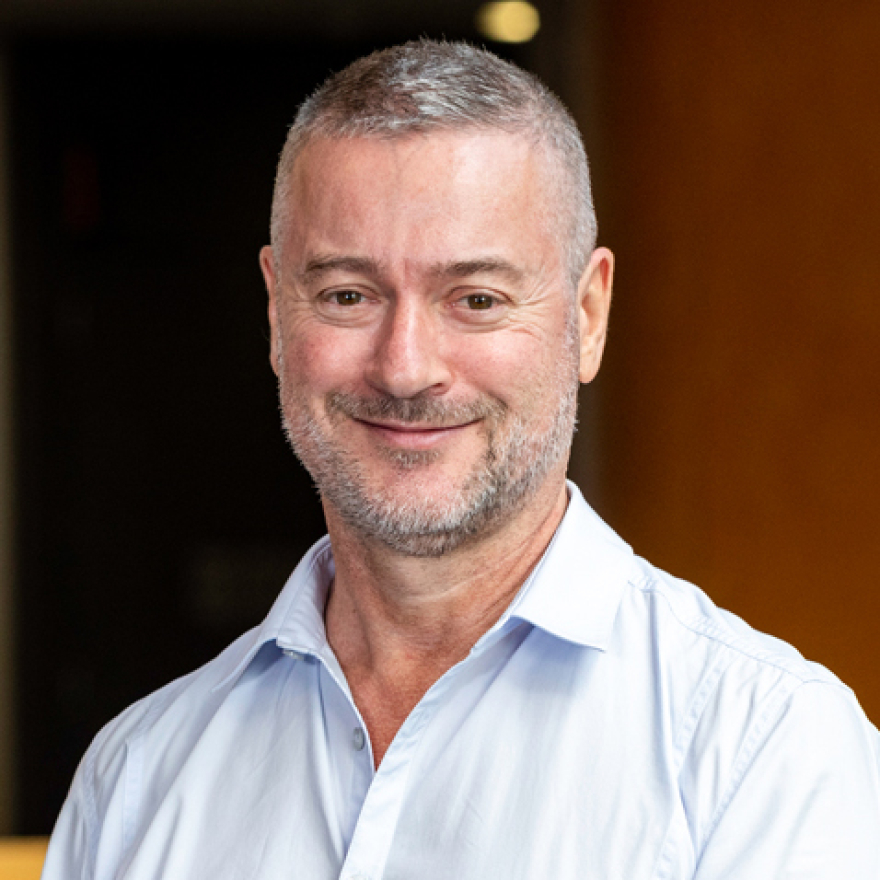- There have been very substantial declines in new HIV notifications among Australian-born GBMSM, but these declines have been concentrated in central Sydney, where more than 20% of men are estimated to be gay. Recently acquired infections have declined by 70% in this group.
- Among Australian-born GBMSM new HIV notifications have declined by 35% in areas where 5-19.9% of men are estimated to be gay. Declines have been greatest among men aged 25 and over.
- In areas where fewer than 5% of men are estimated to be gay there have been no declines in new HIV notifications among GBMSM.
- Overseas-born GBMSM require an increased focus on HIV prevention, and strategies to encourage HIV testing and the earlier diagnosis of HIV among those recently arrived in Australia. HIV notifications in this population have not declined. Although the incidence of new HIV infection appears to be decreasing in this population, late HIV diagnoses that were probably acquired overseas before coming to Australia have increased substantially over the past 5 years.
- GBMSM who reside outside of the central Sydney gay suburbs and men who do not identify as gay require increased HIV prevention focus. HIV testing and PrEP uptake are lower in this population than among GBMSM in central Sydney, which likely underlies the much lesser declines in HIV incidence seen outside the central Sydney gay suburbs.
- Uptake up HIV treatment among GBMSM living with HIV is very high and does not differ according to area of residence.
This report provides a detailed overview of trends in HIV diagnoses and HIV prevention indicators in gay, bisexual and other men who have sex with men (GBMSM) during the NSW HIV Strategy 2016-2020, with analyses based on data available to the end of 2019.
The purpose of this report is to provide an understanding of current trends in HIV in GBMSM in NSW, and to suggest new directions for prevention initiatives in the context of ongoing work by the NSW Ministry of Health to develop a new 5-year HIV strategy. The NSW HIV Strategy 2016-2020 had a highly ambitious goal “to virtually eliminate HIV transmission in NSW by 2020. This report highlights enormous progress towards this goal, such that in some sub-populations the goal of virtual elimination is in reach. In addition, it highlights populations where increased focus is required.

